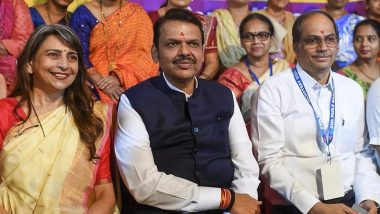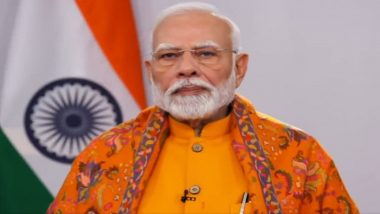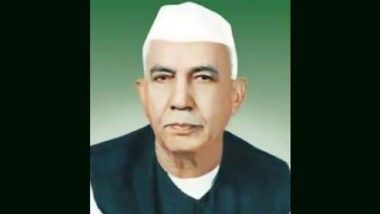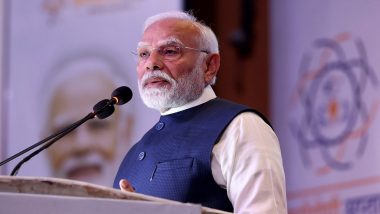New Delhi, October 3: Prime Minister Narendra Modi on Thursday lauded the Union Cabinet's decision to confer the status of classical language to Marathi, Pali, Prakrit, Assamese, and Bengali languages. In a post on X, PM Modi specifically praised the languages and their rich contributions.
He said, "Marathi is India's pride. Congratulations on this phenomenal language being accorded the status of a classical language. This honour acknowledges the rich cultural contribution of Marathi in our nation's history. Marathi has always been a cornerstone of Indian heritage. I am sure with the status of a classical language, many more people will be motivated to learn it." Classical Languages List Expands: Marathi, Pali, Prakrit, Assamese, and Bengali Now Recognised by Union Cabinet Chaired by PM Narendra Modi.
PM Modi Lauds Cabinet’s Decision on Classical Languages
Our Government cherishes and celebrates India's rich history and culture. We have also been unwavering in our commitment to popularising regional languages.
I am extremely glad the Cabinet has decided that Assamese, Bengali, Marathi, Pali and Prakrit will be conferred the…
— Narendra Modi (@narendramodi) October 3, 2024
Speaking on the Bengali language, the Prime Minister said that the Bengali literature has inspired countless people for years. "I am very happy that the great Bengali language has been conferred the status of a classical language, especially during the auspicious time of Durga Puja. Bengali literature has inspired countless people for years. I congratulate all the Bengali speakers all over the world on this," he said on X.
In another tweet, PM Modi said that the Assamese language would become more popular in the coming times. "I am immensely delighted that Assamese will now get the status of a classical language after this was approved by the Union Cabinet. Assamese culture has thrived for centuries, and it has given us a rich literary tradition. May this language continue to become even more popular in the times to come. My congratulations," he added. He further said Pali and Prakrit are the languages of spirituality, wisdom, and philosophy. Union Cabinet Approves Classical Language Status to Five Languages, Including Marathi and Bengali; Check Full List Here.
"These are languages of spirituality, wisdom, and philosophy. They are also known for their literary traditions. Their recognition as classical languages honours their timeless influence on Indian thought, culture, and history. I am confident that after the Cabinet decision on recognising them as classical languages, more people will be motivated to learn about them. This is indeed a joyous moment!" PM Modi said on X.
The Prime Minister further emphasised that the government cherishes and celebrates India's rich history and culture. "We have also been unwavering in our commitment to popularising regional languages. I am extremely glad the Cabinet has decided that Assamese, Bengali, Marathi, Pali, and Prakrit will be conferred the status of classical languages! Each of them are beautiful languages, highlighting our vibrant diversity. Congratulations to everyone," PM Modi said on X.
The Union Cabinet approved to confer the status of classical language to Marathi, Pali, Prakrit, Assamese, and Bengali languages. Addressing the cabinet briefing, Union Minister Ashwini Vaishnaw said, "By now, we had Tamil, Sanskrit, Telugu, Kannada, Malayalam and Odia were the notified classical languages... The government is taking many steps to conserve and promote the classical languages and to preserve the rich heritage of these languages..."
A Linguistic Experts Committee (LEC) was constituted by the Ministry of Culture under Sahitya Akademi in Nov 2004 to examine the proposed languages for the status of classical language. The Government of India, has conferred status of classical languages to Tamil in 2004, Sanskrit in 2005, Telugu in 2008, Kannada in 2008, Malayalam in 2013, and Odia in 2014.
(This is an unedited and auto-generated story from Syndicated News feed, LatestLY Staff may not have modified or edited the content body)




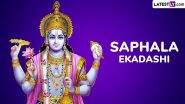








 Quickly
Quickly










